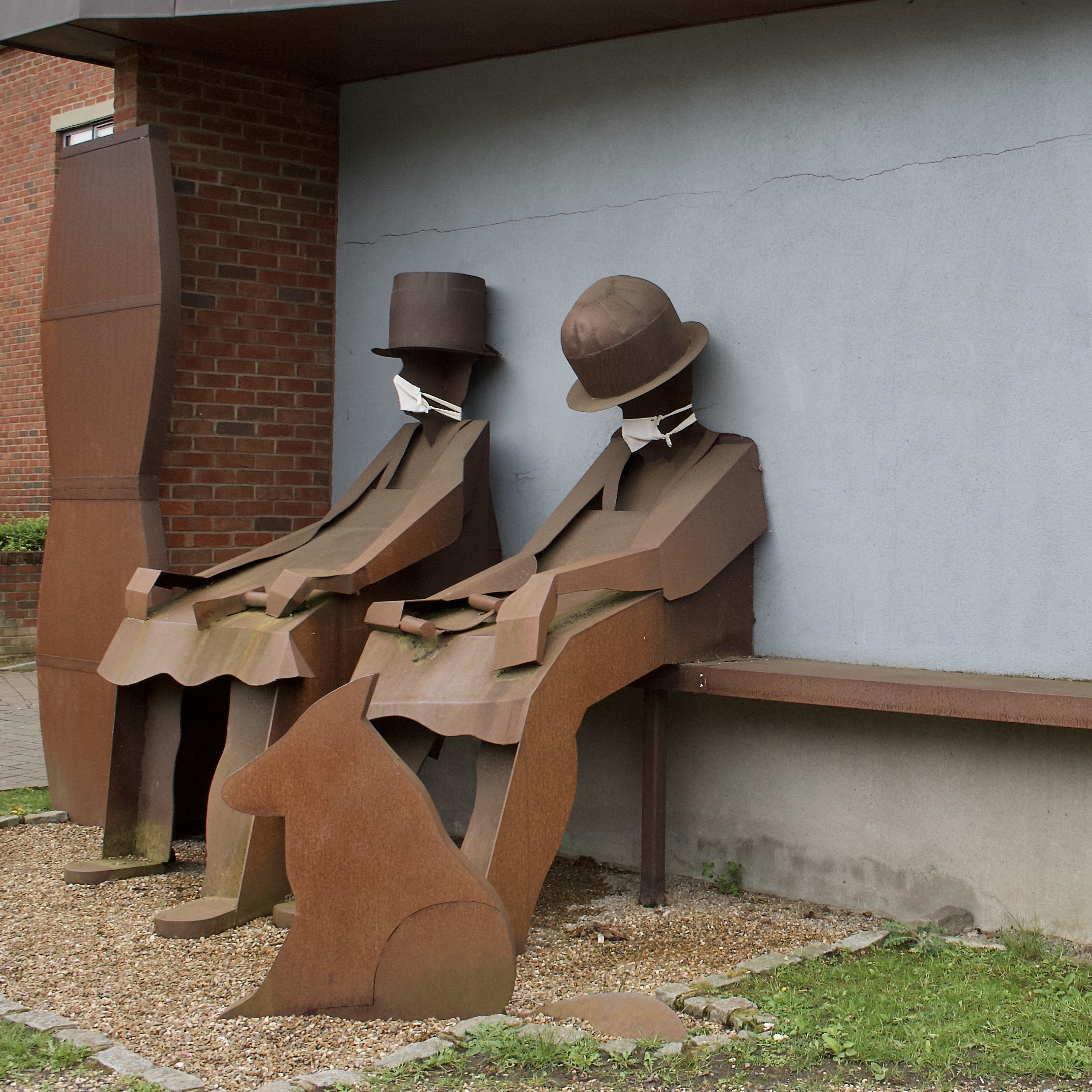Victorian 'Stink' Pipe Listed
A rare ‘stink pipe’ in Shifnal, Shropshire has been listed at Grade II by the Department for Culture, Media and Sport on the advice of Historic England, giving it greater protection and recognition.
‘Stink pipes’ were sewer ventilation pipes that functioned by allowing gases from below ground sewers to vent out and dissipate high above the level at which they would be smelled or breathed in.
They were modelled on the pipes widely used for London’s new sewers, which were installed in response to what was known as the ‘Great Stink’ when, during the hot summer of 1858, the capital’s unpleasant sewage smell rose to an unbearable level.
It is thought that the Shifnal pipe was installed following the 1875 Public Health Act, when the town’s sewers were substantially upgraded.
Nationally, the pipes became obsolete due to advances in domestic and public sewage processing in the 20th century, so very few remain.
Where they can be found, ventilation pipes are often cut in half. The survival of the pipe in Shifnal to its full height is remarkable.
Aside from the rarity of its survival, the Shifnal pipe, located behind the Jaspers Arms pub, displays a degree of artistic interest, showing it had been designed for public pride and as more than a purely functional structure.





